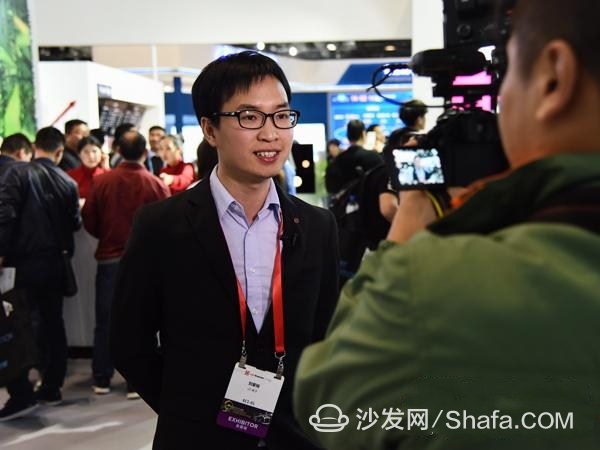
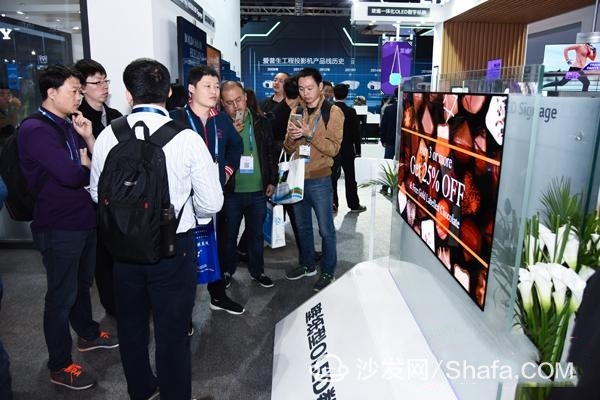
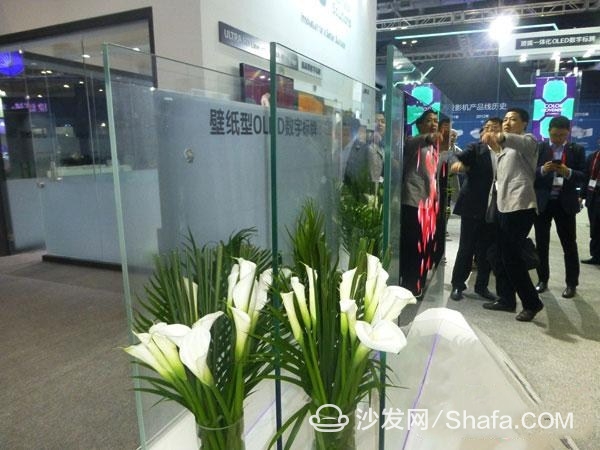
On this issue, Liu introduced the two characteristics of OLED technology. First, it leads the industry's image quality level; Second, the volume and appearance of design thin. Because the OLED technology has a wide range of color gamuts, the color that can not be accurately restored by the LCD can be perfectly presented, so the picture quality is further improved. The slim body design brings more convenience to the design and installation. The previously unachievable installation methods can be implemented on OLEDs. For example, LG has tried to create splicing walls in elevator cars and create innovative applications such as surface stitching at airports. After one year of precipitation, LG has made new progress in the field of OLED landing applications. A number of large-scale projects have been signed or executed in the contract, and users' feedback on OLED display is positive.
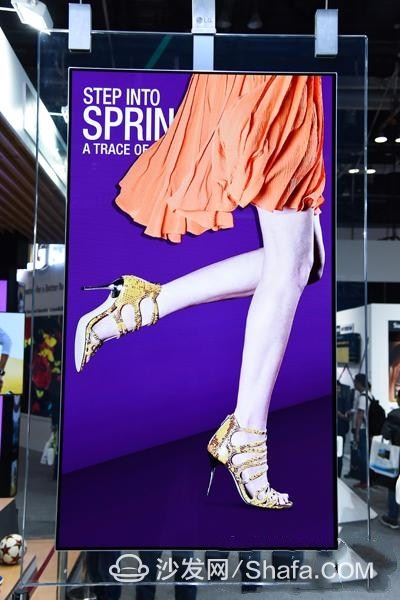
Liu said that at the current stage, OLED is mainly targeted at high-end markets, such as digital signage applications in science and technology museums, art galleries, corporate showrooms, and high-end retail. The main market for LCD digital signage is fast moving consumer goods (QSR), such as common fast food chain brands. This distinction is mainly due to the effect and cost considerations: high-end brands usually have high requirements for picture quality and appearance, but are not sensitive to cost; while fast-moving fields have a large number of purchases, require stable performance and mature technology, so LG will Recommend appropriate options for specific needs of users in different fields.
Targeting differentiation, diversification of digital signage in the area of ​​commercial display, LG can be described as a typical example of “not going the unusual wayâ€. Last year, the advent of the 86-inch 58:9 ultra-widescreen monitor shook the imagination of the industry. This year, LG set a new record and launched a new 88-inch ultra-wide digital signage display. Mr. Liu introduced that the unique screen ratio of LG Super Widescreen Display can be used for panoramic screen display, and also has professional-grade color display capabilities, which is particularly suitable for the needs of airports, shopping malls, restaurants and other places to publish information. The continuous enhancement of LG in the field of ultra-widescreen display is based on differentiated competition.

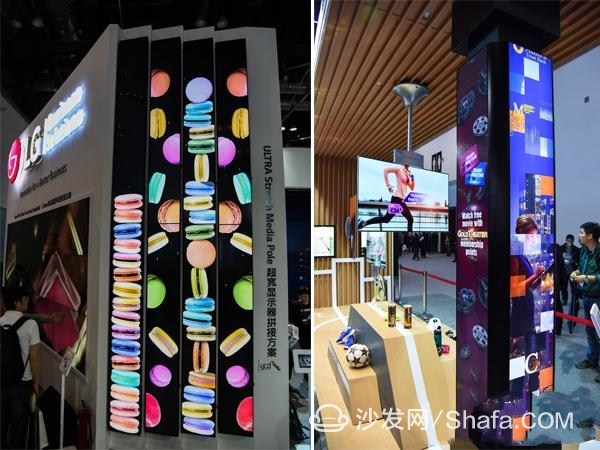
Deer outdoor, LCD "poor"
In recent years, with the increase in the brightness level, LCDs have gradually targeted outdoor/semi-outdoor applications from typical indoor applications; on the other hand, small-pitch LED screens that break through the bottleneck of low-light and high-gray have also targeted this market. So, in the field of digital signage, will the two hot technologies have a fierce confrontation?
In this regard, Liu believes that LCD has its inherent advantages, the first is the resolution. The live display of the LG 75-inch outdoor screen has been able to achieve 4K display, and the live display effect is also very eye-catching. This is because the human eye is most sensitive to the perception of brightness, followed by color. In the past, LCD brightness could only be 1500 lumens, or about 2,000 lumens. By improving the panel technology, a W pixel was added to the three primary colors of RGB, and the brightness was increased by 30% compared with the traditional products. In other words, the brightness of current LG products has reached 3,000 lumens. In addition, in order to extend the product's service life, LG has reduced it to 2500 lumens in product applications, and thus ensure that the product does not fade significantly within 30,000 hours of use, that is, the image quality is guaranteed during the product lifetime. of. Through continuous technological innovation and research and development, LCD has achieved commercialization of ideal brightness and stability.
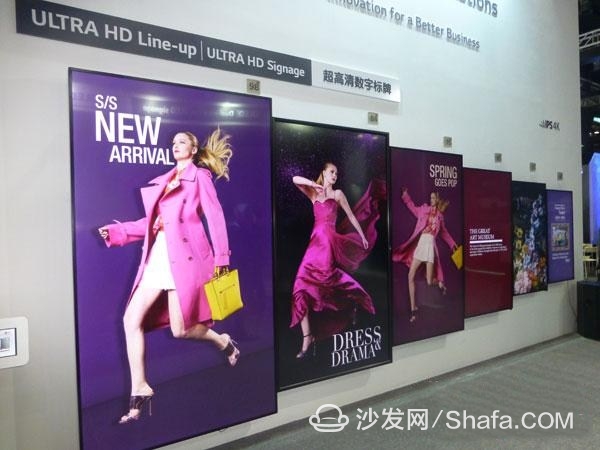
In addition, LG's 4K LCD display products can also achieve a wide range of applications, such as the ability to carry touch functionality. In addition, because of its low power consumption, it may be integrated into the car charging pile in the future, and it can be used not only to charge electric vehicles, but also to release information, such as advertising tires and auto supplies. It can also be used in bus stops, with solar panels, without cables for self-sufficiency. In addition, in the window display for street shops, smart light control can be achieved, and the brightness is automatically increased in strong sunlight, and the darkening of the ambient light is automatically dimmed to ensure that the picture is always maintained at the best effect. Therefore, there is an advantage in window applications. .
Going to PC, smart applications produce fruitful results. Looking at the field of large-screen commercial displays today, intelligence is an unavoidable topic. In this regard, LG also has a layout. General Liu introduced that all LG's digital signage products are now equipped with an operating system. Connecting directly to a monitor with a network cable can seamlessly interface with the user's back office system, enabling big data analysis, as well as information collection, distribution, and even human-machine interaction. This is exactly what LG advocates “going to PCâ€. As a result, the number of hardware devices is reduced, making the entire system more stable and easy to use.
Liu also cited an actual case in which a chain of fast food brands used traditional display + third-party player solutions. After a device failure, they had to ask the monitor provider and player provider for overhaul, which delayed many days. After the operation, it was found that the fault came from the signal line. The entire process was cumbersome, resulting in a waste of manpower and material resources. More importantly, it affected daily operations.
And LG's plan is to eliminate all the links that are easy to go wrong and send the content directly to the monitor. In this way, it can effectively help users save operating costs. For the slightly higher purchase price of LG products, Liu proposed a concept of Total Cost of Ownership (TOC). That is to say, the overall cost of using a set of plans includes not only the purchase cost but also the maintenance cost of the later period. . With the rising cost of domestic personnel, the proportion of procurement costs is getting smaller and smaller, and the importance of late-stage services is increasingly prominent. For LG, the hardware and service correspond to the same supplier. Once the system fails, the supplier comes to the door one at a time, and does not even need to go through the door to determine the source of the problem remotely. Because the network cable is directly connected to the monitor application interface API, the hardware information of the monitor can be viewed remotely, which greatly improves the efficiency of the post-maintenance.
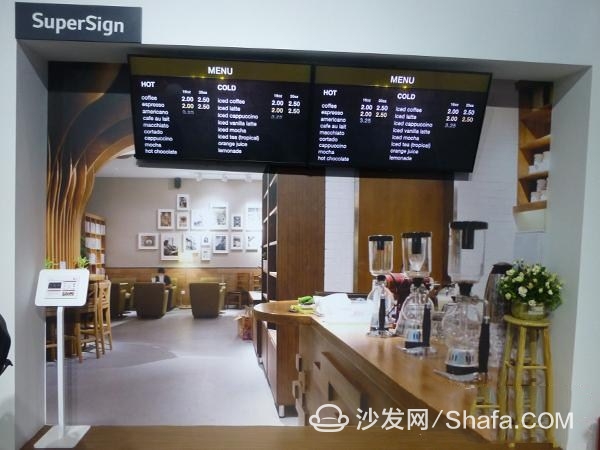
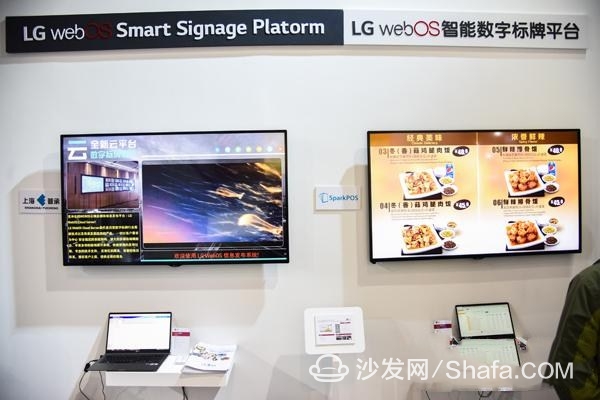
The technology has no end point, OLED popularization needs the industry to work together as the pilot brand of many technologies, and has a forward-looking perspective for the development of display technology. During the exhibition, LG demonstrated a 0.9mm ultra-narrow framed display in the LCD panel splicing field. So, is this the focus of LCD splicing technology? Liu's answer is: NO. 0.9mm is not an end point but a balance between performance and yield. LG believes that commercial products must reach the most stable and good state before they can be delivered to integrators, engineering companies, and agents. Otherwise, they will be self-destructive.
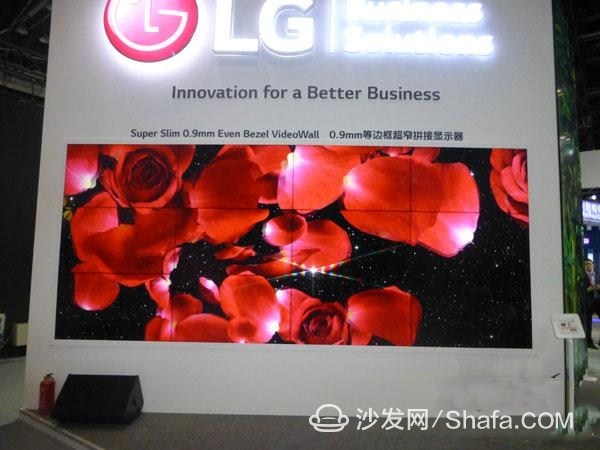
Regarding the possibility of technological substitution, Liu pointed out that LCDs will not be replaced within a decade based on a huge application base. Moreover, the OLED upstream alliance has not yet been established and OLED will not constitute an alternative threat in the short term. Here we must emphasize that the development of the OLED industry can not be separated from the joint efforts of industry colleagues to accelerate the improvement of the OLED application ecosystem. The mode of fighting alone is not feasible, and the development of plasma has given a clear reference.
Smart TV/box information can focus on smart TV information network sofa butler (http://), China's influential TV box and smart TV website, providing information, communication, TV boxes, smart TVs, smart TV software, etc. Answering questions.
ZGAR PCC
ZGAR electronic cigarette uses high-tech R&D, food grade disposable pod device and high-quality raw material. All package designs are Original IP. Our designer team is from Hong Kong. We have very high requirements for product quality, flavors taste and packaging design. The E-liquid is imported, materials are food grade, and assembly plant is medical-grade dust-free workshops.
From production to packaging, the whole system of tracking, efficient and orderly process, achieving daily efficient output. We pay attention to the details of each process control. The first class dust-free production workshop has passed the GMP food and drug production standard certification, ensuring quality and safety. We choose the products with a traceability system, which can not only effectively track and trace all kinds of data, but also ensure good product quality.
We offer best price, high quality Vape Device, E-Cigarette Vape Pen, Disposable Device Vape,Vape Pen Atomizer, Electronic cigarette to all over the world.
Much Better Vaping Experience!

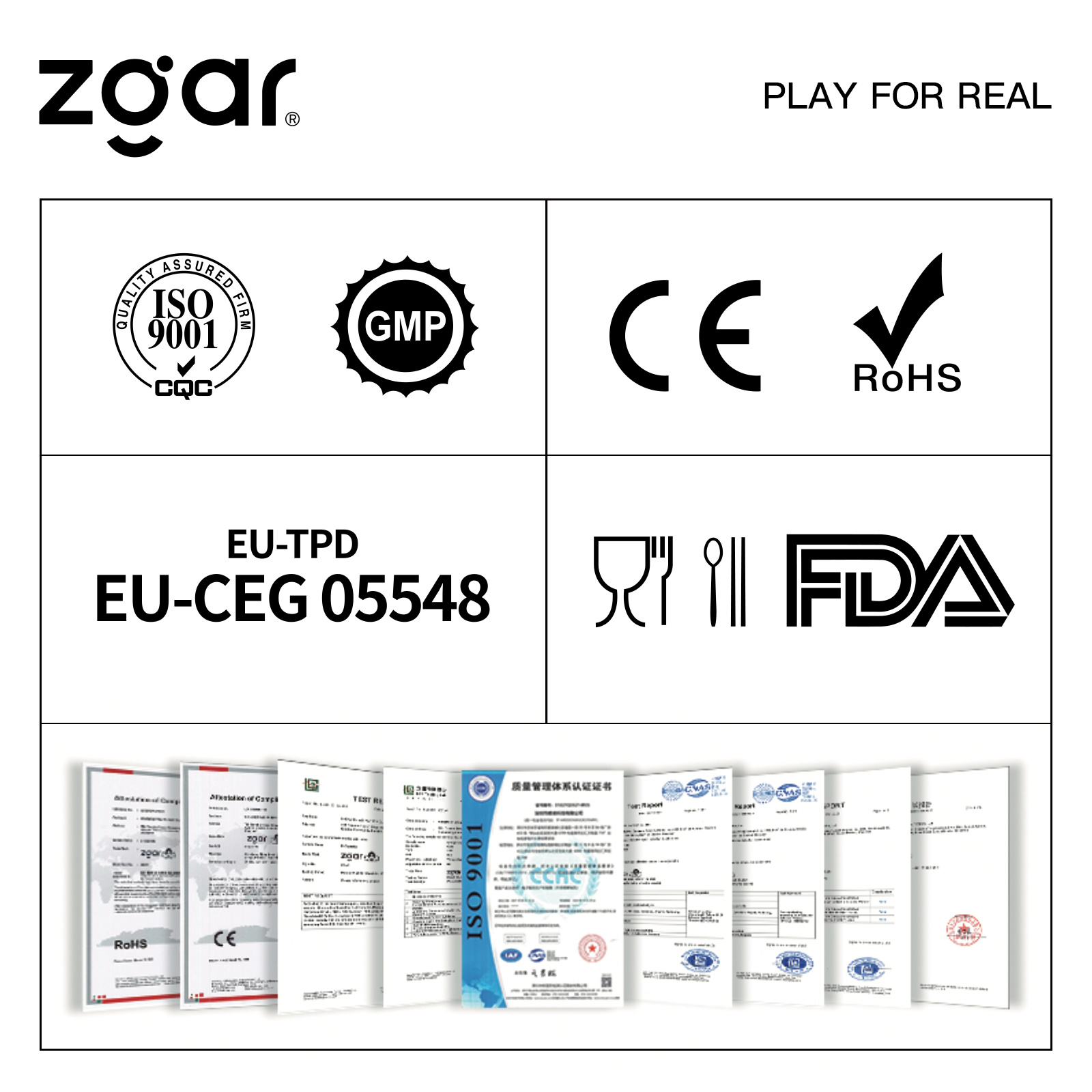
E-Cigarette Vape Pen,Disposable Device Vape,Vape Pen Atomizer,Latest Disposable E-Cigarette OEM vape pen,OEM electronic cigarette
ZGAR INTERNATIONAL TRADING CO., LTD. , https://www.szvape-pods.com